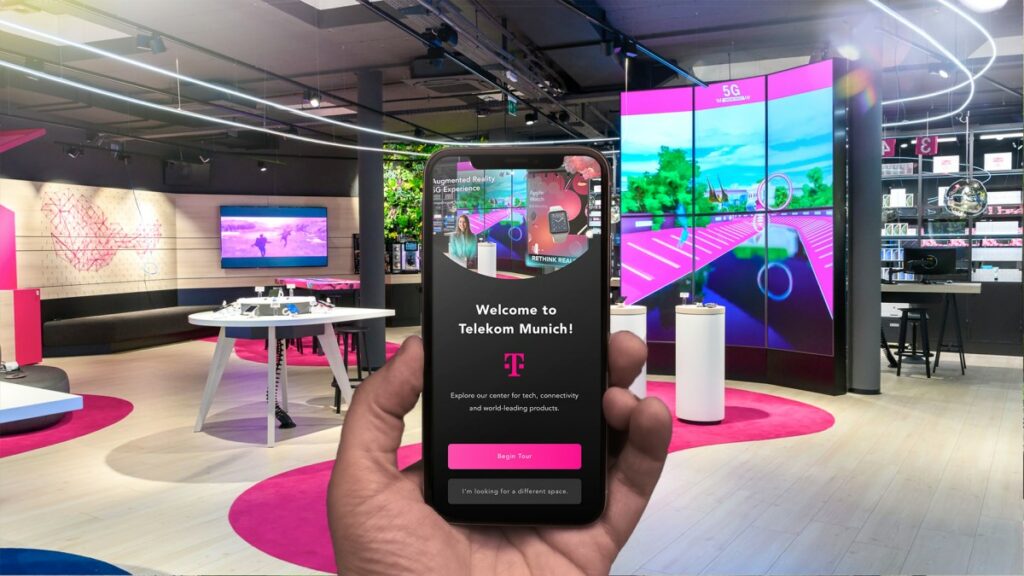It’s not uncommon for developers working at companies of a certain size to have trouble keeping track of all the software dev-related tasks and bugs that need to be addressed. According to a 2024 survey by Dynatrace, 88% of tech leaders say that the complexity of their tech stacks increased in the past year, and that this increased complexity has made it difficult to deliver a satisfactory customer experience.
There’s no shortage of observability vendors out there offering up their products as a fix. But Tim Nolet, the CEO and co-founder of observability and monitoring company Checkly, makes the case that many are too expensive to use at scale and charge unreasonable additional fees for specific capabilities, support and maintenance.
“Very few engineers have access to full observability and monitoring tools, and many of these tools still run in silos,” Nolet, who launched Checkly with Hannes Lenke and Timo Euteneuer in 2018, told TechCrunch. “Moreover, legacy monitoring tools cost companies a fortune, and cutting costs is one of the primary drivers for tool migration.”
Nolet created Checkly a side project to help devs get signals about an app’s performance and downtime, offering a set of subscription-based synthetic monitoring tools. Synthetic monitoring, also known as active monitoring or proactive monitoring, tests software by simulating how a person uses that software, mimicking how a user might behave and then using this data to evaluate performance metrics such as response times and error rates.

Checkly’s platform, which can monitor APIs in addition to software, runs scheduled or continuous automated test scripts to detect potential problems. Users can define the monitoring as code in an existing codebase and keep it version-controlled, and leverage a “traces” feature to connect backend failures to alerts.
“Our aim is to help developers find issues and fix them 10x faster,” Nolet said. “A synthetic monitoring setup means that you’re the first to know when an issue has occurred, enabling you to resolve it before it reaches your customer.”
Nolet sees not only observability incumbents like DataDog, Splunk and New Relic as rivals but also Pingdom, Runscope and Catchpoint. But he says that Checkly’s business is quite robust: The company has more than 1,000 paying customers including 1Password, Vercel and Yext, and it’s performing 32.5 million checks on APIs and software every day.
That’s gotten investors’ attention.
This week, Checkly announced that it raised $20 million in a Series B funding round led by Balderton Capital with participation from Accel and CRV. Bringing Checkly’s total raised to $32.25 million, the new cash will be put toward product development, expanding Berlin-based Checkley’s 35-person team and opening a satellite office in New York.
“We are seeing an accelerated customer demand for Checkly,” Nolet said. “In response to that, we want to grow our go-to-market teams to onboard even more customers to Checkly.”


